Best Games Like The Quarry
The Quarry is a glorious love letter to classic horror and slasher movies. But once the adventure is over, plenty of other games provide similar experiences.
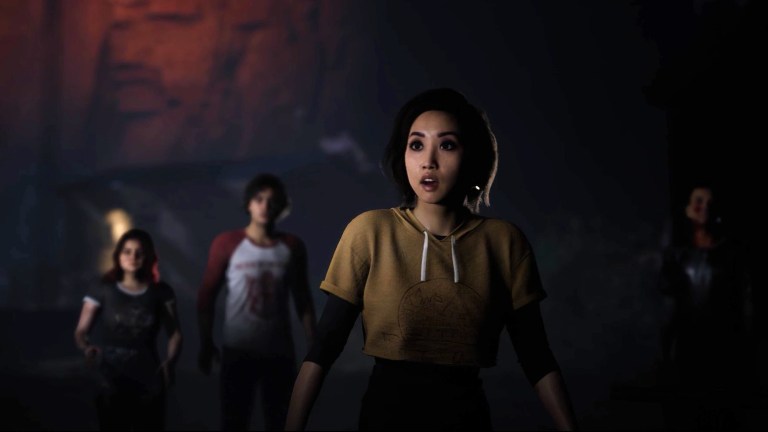
Supermassive Games is the current king of interactive horror games. The studio’s latest title, The Quarry, is one of its best to date.
In The Quarry, every decision counts. Something as seemingly banal as climbing a ladder can lead players to one of approximately 186 different endings (yes, seriously), and it might take gamers a few tries to save every playable character. Eventually, players will reach the end of the road, but what if they haven’t they haven’t had their fill of slasher horror or narrative-focused gaming? What if they want more?
Well, plenty of video games out there check off many if not all of the same boxes as The Quarry. Here are the best of them:
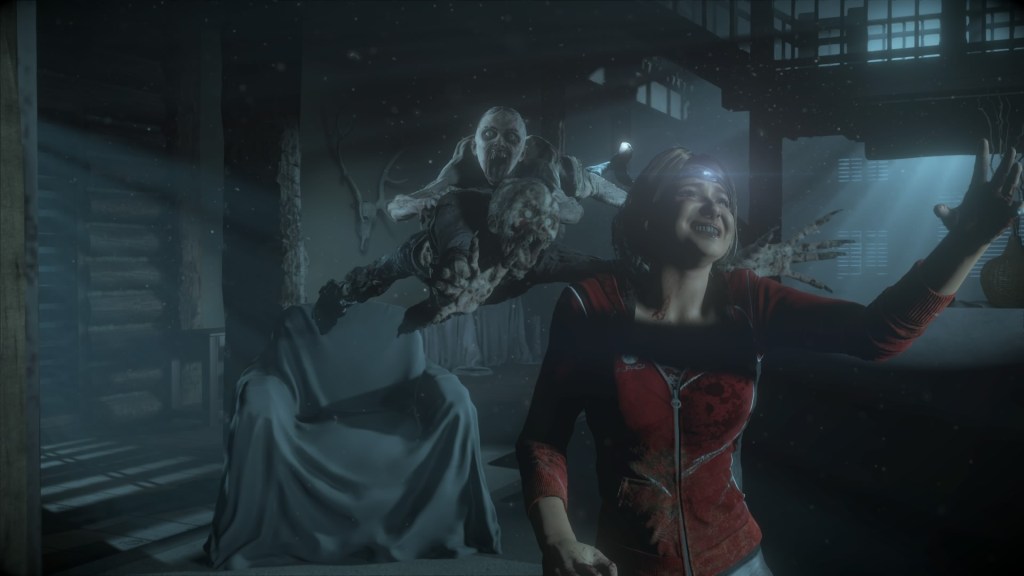
Until Dawn
Even though Supermassive Games has been around since 2009, most gamers probably didn’t hear about the studio until 2015 when the company finally found its calling with Until Dawn, which established the formula for all of the developer’s subsequent interactive drama titles.
The game stars a group of teenagers having a get together in a secluded mountain lodge. What should be a friendly meeting spirals out of control when dark secrets are revealed and supernatural elements threaten everyone’s lives. Until Dawn’s story is heavily inspired by classic slasher films, and it’s up to players to make sure everyone escapes intact.
In many ways, The Quarry is Until Dawn with a new skin. Replace wendigos with werewolves, a summer camp with a snowy mountain, and you could barely tell the two apart. That’s not a problem, though. The Quarry might retread the same well-worn ideas that Until Dawn used in 2015, but Supermassive nails these tropes in both games.
Without Until Dawn, The Quarry probably wouldn’t exist.
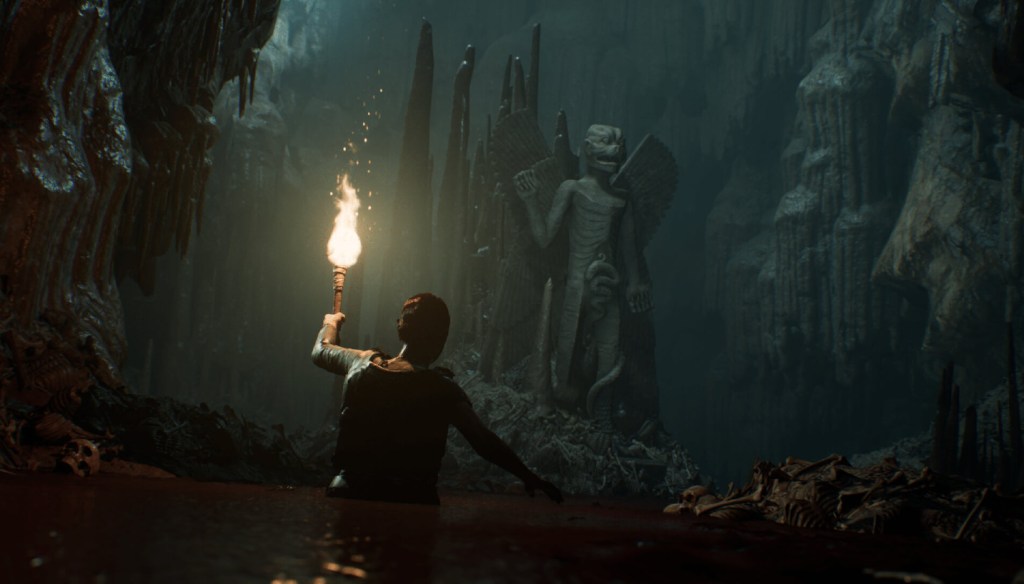
House of Ashes
The Quarry isn’t Supermassive Games’ first time revisiting the Until Dawn formula. First, there was The Dark Pictures Anthology, a collection of smaller interactive drama horror titles. Think anthology series like The Twilight Zone or Tales from the Crypt but for video games — The Dark Pictures Anthology even has its own Rod Serling-esque curator who introduces each entry. But while the first two Dark Pictures games didn’t live up to the legacy of Until Dawn, its latest one does.
House of Ashes is the third entry in The Dark Pictures Anthology. The game primarily takes place during the Iraq War inside long-buried Mesopotemian ruins. Unlike the first two Dark Pictures games, which ditch supernatural elements, House of Ashes pits members of opposing armies against vampires, or at least the parasitic alien equivalent. Now there’s a plot twist nobody was expecting.
Much like The Quarry and Until Dawn, House of Ashes focuses on decisions. The game is full of choices that heavily impact the ending via the butterfly effect. While everyone can make it out alive, the hard part is actually pulling that off since one wrong decision or failed QTE is all it takes to kill a character. Unlike The Quarry, House of Ashes is more bite-sized in terms of length and cast, so you can finish it in a night or two.

Telltale’s The Walking Dead
When it comes to narrative-focused games that focus on multiple endings, few studios are as influential as Telltale Games, the developer behind The Walking Dead adventure game. Featuring a cast of original characters trying to survive the same zombie-infested world as the TV series and comics, Telltale’s The Walking Dead focuses on narrative choices that impact character progression and the story over traditional puzzle gameplay. The result is a narrative experience that challenges players to make some really tough decisions about who gets to live and who dies.
Some would argue this game helped revitalize the adventure genre for modern audiences with its heart-wrenching storylines and lovable protagonist Clementine, helping pave the way for later genre hits like Life Is Strange. It might not be as scary as The Quarry, but without this game’s success, we might not be talking about the adventure genre in the same way today.
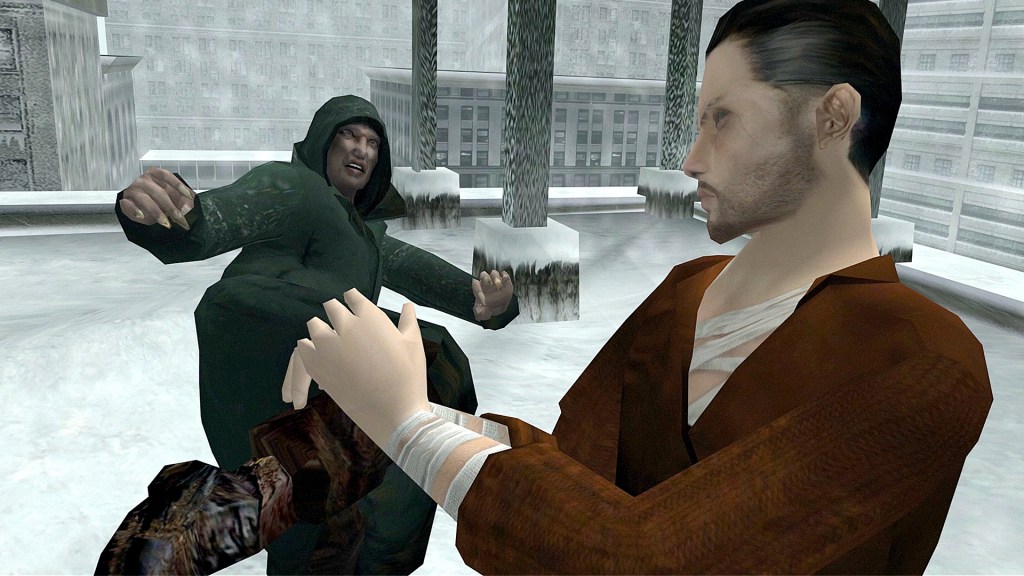
Indigo Prophecy
Quantic Dream is another big name in the interactive storytelling landscape. While the studio is known for many projects, including Heavy Rain and the more recent Detroit: Become Human, Indigo Prophecy was the developer’s first big hit.
Known as Fahrenheit outside of North America, the game revolves around Lucas Kane, who, while possessed by a supernatural force, unknowingly stabs a man to death in a public bathroom. Now wanted for murder, Lucas must solve the mystery behind his possession and clear his name. The twist is you also play as Carla Valenti, the detective trying to catch Lucas.
Unlike other interactive dramas, which focus on dialogue choices with the occasional QTE, Indigo Prophecy takes the opposite approach, while also adding a mechanic that tasks players with managing Lucas’ mental state. The result is a unique blend of modern interactive drama games and a third-person adventure title.

Resident Evil Village
While not every Supermassive Games title features supernatural elements, those that do put their own spin on traditional mythology. The Quarry, for instance, ties werewolfism to a malicious curse. But The Quarry isn’t the only title to flip lycanthropy on its head.
While the Resident Evil series mostly focuses on zombies, giant spiders, and other lab-created monstrosities, Village takes a more classic approach to its enemies. Each main villain is inspired by an iconic movie monster, such as vampires and fish people, but the game’s standard enemies draw from the same well as The Quarry since they are all werewolves, or at the very least werewolf-like.
Admittedly, Resident Evil Village isn’t a choose-your-own-adventure like The Quarry, but it is a scary game nonetheless. Plus, the two titles both boast mysteries revolving around shifting loyalties. Characters you think were enemies might actually turn out to be (temporary) allies, and allies can take a heel turn when you least expect it.

Dead by Daylight
While the slasher movies that inspired The Quarry usually have audiences rooting for the innocent teens trying to evade the killer, Dead by Daylight also lets players cheer on the villain.
Dead by Daylight is an asymmetrical horror-themed multiplayer title where one team of four players controlling a group of survivor go up against a lone opponent who takes on the role of the slasher villain. Every match is a game of cat and mouse where the solo antagonistic player hunts down the team of four as they hide in lockers and desperately try to start four generators, which is the only way to escape.
Not only does Dead by Daylight’s gameplay loop simulate the slasher film experience, every slasher embodies different horror movie tropes. Many are original characters who fall into familiar molds, such as killer clowns and mutant rednecks, but some are ripped right out of popular horror movies and games. Dead by Daylight doesn’t feature any werewolves (yet), but it does star Halloween’s Michael Myers, Hellraiser’s Pinhead, and even Silent Hill 2’s Pyramid Head.

Life Is Strange
So far, we’ve discussed interactive drama titles developed by Telltale Games, Quantic Dreams, and Supermassive Games, but there are two other big names in the genre: Dontnod Entertainment and Deck Nine Games. Together, these studios developed the popular Life Is Strange series.
Life Is Strange, much like Telltale’s The Walking Dead, is an episodic interactive drama. The first installment, and arguably the best of the bunch, stars Max Caulfield, a photography student with the power to rewind time. While all games in this genre utilize the butterfly effect — how one tiny event can change the future — Life Is Strange tries a few new ideas with it. For example, while player choices impact future events, Max’s time manipulation ability lets her take some (but not all) decisions back, as well as solve various puzzles. Plus, the game uses Max’s powers to drive home its story which argues that trying to pursue a happy ending where everyone wins can result in disaster.
Life is Strange isn’t a horror game, but it makes just as much if not better use of the butterfly effect that The Quarry relies on.
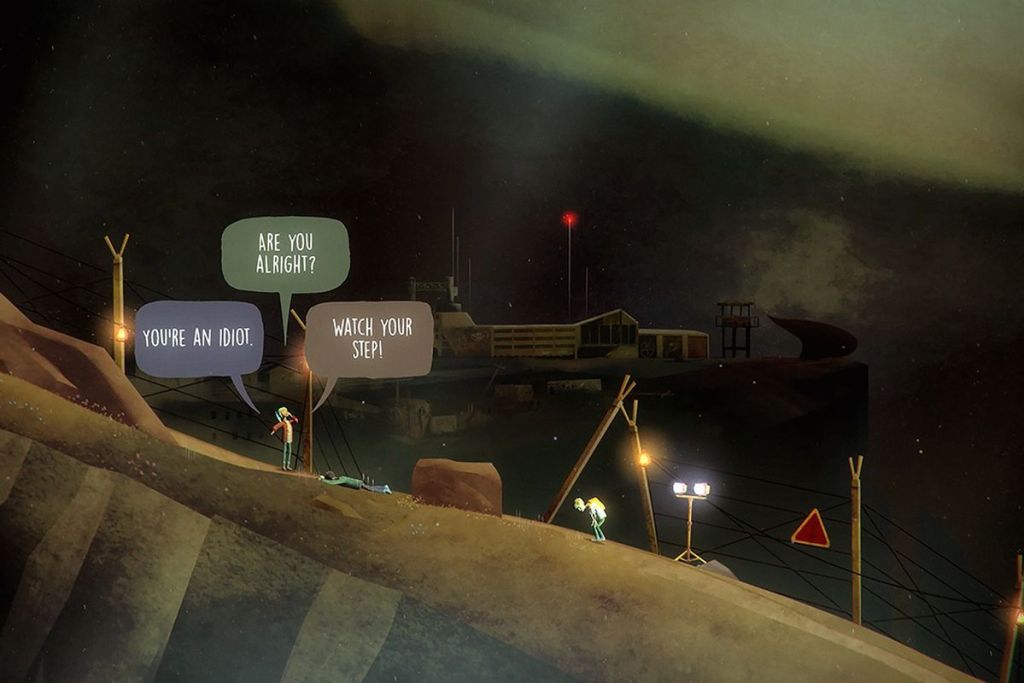
Oxenfree
In The Quarry, the teenage protagonists are all summer camp counselors, a popular horror story trope. Another common concept associated with the teenagers and summer is the coming-of-age story. While The Quarry’s protagonists are too busy dodging werewolves to learn things about themselves, indie mystery game Oxenfree channels that idea perfectly.
In Oxenfree, players control Alex, who is visiting an island with her friends for a weekend getaway when she accidentally unleashes an otherwordly entity. As a result, reality is being distorted, and Alex experiences all sorts of impossible events, including time loops and talking reflections. The main goal of Oxenfree is helping Alex figure out what’s going on and escape the island with all of her friends — and relationships — intact.
While Oxenfree has plenty of puzzles to solve and areas to explore, the meat of the game lies in its conversations. While The Quarry relegates crucial dialogue (the kind players can influence) to cutscenes, Oxenfree lets gamers walk and talk at the same time. Not only can players control Alex’s responses at any time, these choices impact the ending. Plus, Oxenfree’s main story isn’t that long, so anyone who wants to experience every outcome won’t have to sacrifice a significant portion of their time. Best of all, you can play this one on a mobile device.

Twin Mirror
The Quarry hooks players with werewolves, and Telltale’s The Walking Dead has zombies. What does Twin Mirror have? A reporter who talks to himself and is extremely good at putting clues together.
Twin Mirror tells the story of Samuel Higgs, a journalist who returns to the town he grew up in to attend his best friend’s funeral. Unfortunately, Samuel is kind of responsible for the town’s economic recession since he blew the whistle on a local coal mine, which cost many people their jobs and turned him into a pariah. However, when Samuel’s reporter-senses start tingling and tell him that his best friend was murdered, he has to brave the angry townsfolk and get to the bottom of what turns out to be a pretty sizable well of corruption.
While players walk around and talk with NPCs, a major chunk of the game takes place within Sam’s own mind, as he tries to piece together what happened and confronts his past. Even after players exit Samuel’s brain, they can’t escape his psychological troubles, as he spends plenty of time interacting with a fictionalized alter ego of himself that only Samuel and players can see. Twin Mirror expertly weaves a psychological thriller without relying on supernatural elements.
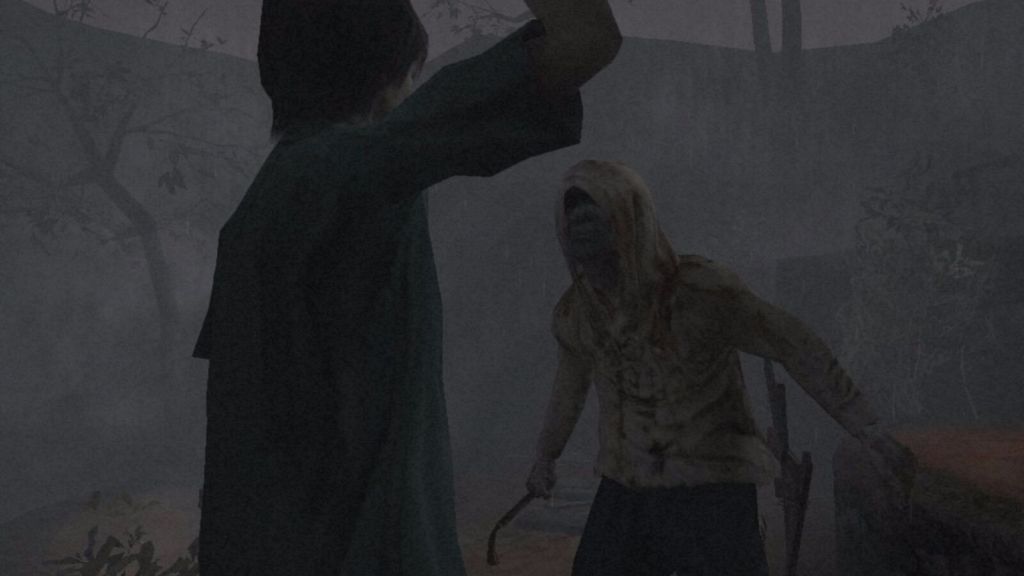
Siren
Most games that lean on the butterfly effect are linear adventures that feature multiple endings and encourage players to explore every path to see where different choices lead. But some games, such as Siren, use the butterfly effect’s “cause and effect” nature as the key to several puzzles.
In Siren (known as Forbidden Siren outside of North America), players control a host of characters trying to escape a ghost town populated by zombies. Unlike your average walking corpse, Siren’s zombies do everything they did in life — albeit while shuffling and bleeding from every orifice — only pausing to attack the player. Plus, these zombies don’t stay down, no matter how much you hit them.
While the main draw of Siren is its “sightjacking” ability, which lets players see the world through the eyes of zombies in order to solve puzzles, the game also features some unique, albeit cryptic, butterfly effect puzzles. Halfway through Siren, players encounter an infinitely-repeating time loop, and the only way to progress is to leave behind key items as one character and find them as a different character. This use of the butterfly effect is only possible because the game is told out of order (and because the game’s space-time continuum folds in on itself), but it is still a unique and novel approach not seen in other games, even if most players will need a walkthrough to figure it all out.
